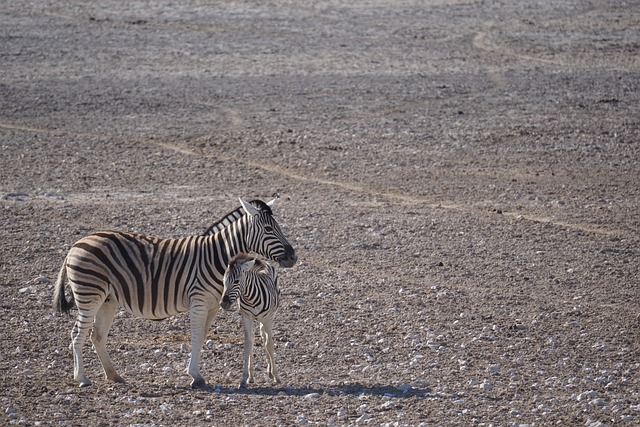Yala National Park, one of Sri Lanka’s oldest and most renowned national parks, was established in 1938. Initially, the area was designated as a wildlife sanctuary in 1900 by the British colonial administration, recognizing its rich biodiversity and the need for conservation. Over the years, the park has expanded and now covers an area of approximately 979 square kilometers (378 square miles), divided into five blocks, two of which are open to the public.
Location
Yala National Park is situated in the southeast region of Sri Lanka, spanning across the Southern Province and Uva Province. It is about 300 kilometers (186 miles) from Colombo, the capital city. The park is bordered by the Indian Ocean, providing a stunning coastal landscape along with its rich inland biodiversity.
Why So Popular?
- Wildlife Diversity: Yala is renowned for its diverse wildlife, including the highest density of leopards in the world. It is also home to elephants, sloth bears, crocodiles, and over 200 bird species.
- Scenic Landscapes: The park features a mix of ecosystems, including dry forests, grasslands, lagoons, and wetlands, offering varied and picturesque scenery.
- Cultural Heritage: The park contains several ancient ruins and historical sites, such as the Sithulpawwa monastery, adding a cultural dimension to the natural beauty.
- Safari Experience: Yala is one of the best places in Sri Lanka for safari tours, offering visitors the chance to see wildlife up close in their natural habitat.
- Beach Access: The park’s coastline provides a unique opportunity to experience both wildlife and coastal ecosystems within the same visit.
Payless Travel Tips
- Off-Peak Visits: Travel during the off-peak season (May to August) to find lower prices on accommodations and fewer tourists, though wildlife sightings may vary.
- Local Transport: Use local buses or shared taxis to reach the park from major cities like Colombo or Matara to save on travel costs.
- Group Safaris: Join group safari tours instead of private ones to reduce costs. These tours are often just as informative and enjoyable.
- Budget Accommodation: Stay in budget-friendly guesthouses or eco-lodges in nearby towns like Tissamaharama rather than more expensive resorts.
- Pack Essentials: Bring your own water, snacks, and sun protection to avoid higher prices within the park and stay comfortable during the safari.



0 Comment